Environmental Biology Internship Stories
Dominic Fecarotta
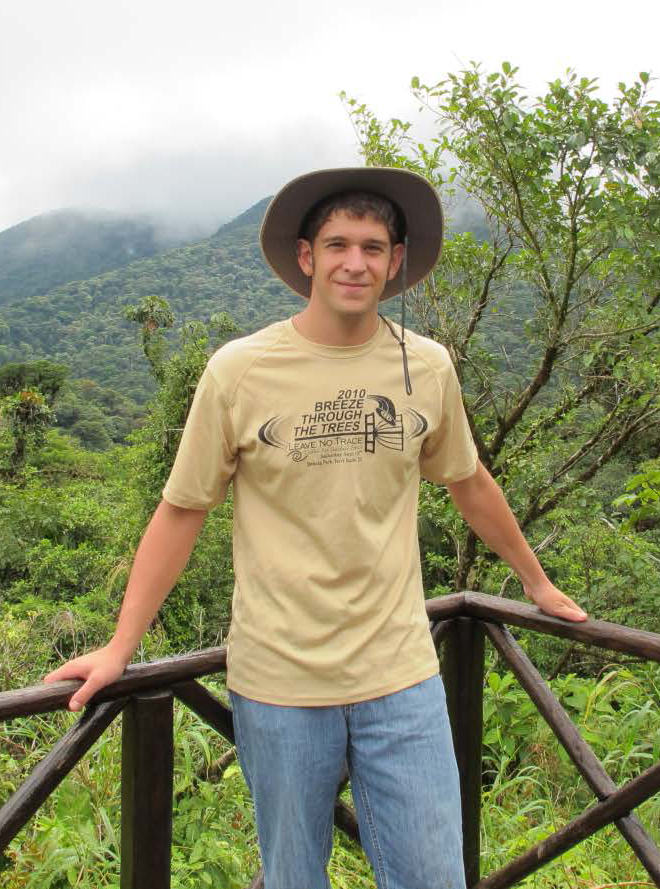
Dominic Fecarotta spent a summer with La MICA Biological Station in Coclé province, Panamá. He spent his time learning about the local plants and animals, with a focus on conservation of herpetofauna. To do this, he conducted road running surveys, hiking, and applied the resulting distribution data to a GIS data base.
Dominic's time in Panamá allowed him to connect with and educate people from a different culture, as well as experience the natural wonders of tropical high elevation cloud forests. He says: "My experience in Panamá with Dr. Julie Ray of La MICA was absolutely unforgettable and I would recommend it to anyone even remotely interested. I can see myself returning there in the future to expand on the much needed conservation and education efforts!"
Kelsey Sherr
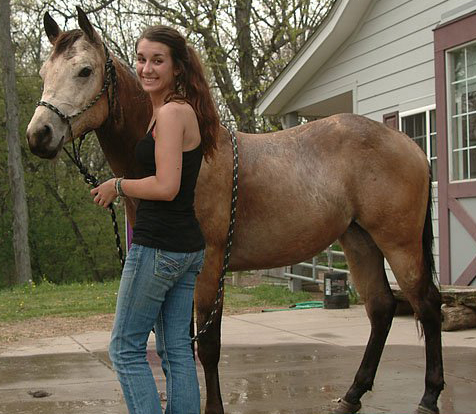
Kelsey Sherr did her internship with HARPS (Hooved Animal Rescue and Protection Society), an agency that rescues horses from difficult situations, rehabilitates them, and places them in new (and better) homes. As part of this internship, Kelsey worked very closely with rescued animals to rebuild their trust in humans and improve their health.
During her internship, a series of severe storms came through the area that left HARPS without electricity and water for five days. Kelsey was part of the emergency effort to bring in water from other sites to maintain adequate water for the over 40 animals house on site in the middle of a hot summer. A large part of HARPS's work is involved in public awareness as they are a non-profit organization. Kelsey was also involved in the preparation and planning of using rescued horses in a local parade. Kesley is pictured with Becky, one of the rescue horses with which she worked closely.
Tyler Lane
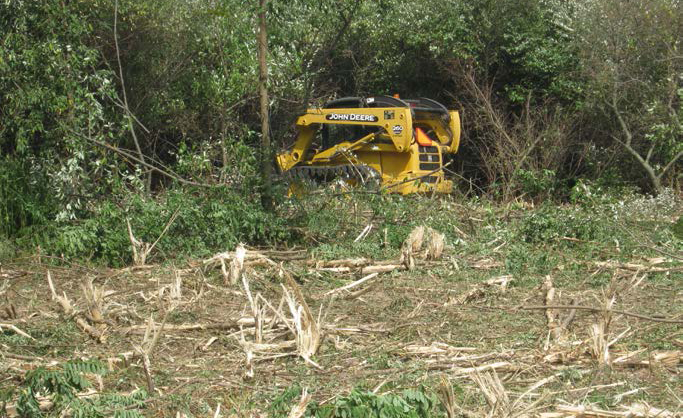
Tyler Lane conducted his internship with the U.S Army Corps of Engineers at Lake Shelbyville. While he worked on various activities involving the site, the majority of Tyler’s time was spent in habitat improvement of the surrounding landscape.
When Lake Shelbyville was constructed, much of the adjacent farmland was abandoned and eventually became overgrown with invasive shrub species such as Autumn Olive. To restore these areas and improve their value to wildlife, the Army Corps went in with a skid steer with a ‘tree terminator’ attachment that ground up the invasive shrubs. The stumps were then sprayed with herbicide to prevent resprouting. Once all the shrubs are dead, the area can be planted to prairie or food plots to improve their suitability as wildlife habitat.
Dakota Radford
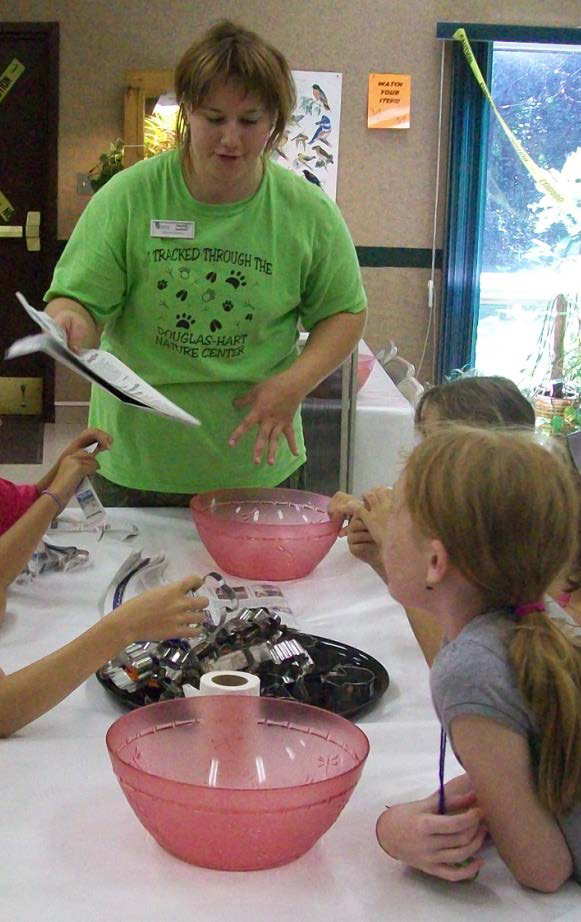
Dakota Radford was a transfer student into the EVB program. Early during her time in Charleston, she got in touch with the volunteer center on campus and began volunteering at Douglas-Hart Nature Center in Mattoon. She started out a few hours a week doing odd jobs, invasive species removal, and helping out with programming.
During this experience, Dakota decided that she wanted to focus on nature centers for her career. She did her internship with the center where she started a forest monitoring project to assess the nature center’s restoration efforts and worked with their summer camps. She also began training and coordinating youth volunteers that worked with the programs.
After graduating, Dakota became the nature center’s volunteer coordinator, where she continues working with youth and developing programs.
Kyle Heffron
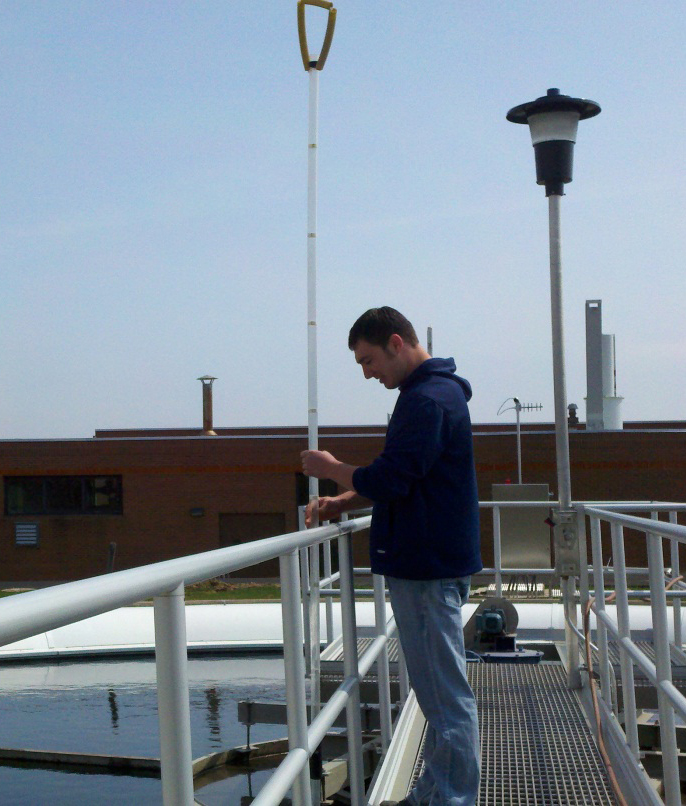
Kyle Heffron conducted his internship at the Charleston waste water treatment plant. While working for the plant, he also worked on a project that used algae to remove excess nutrients from the water that gets discharged. This has the potential to not only clean up our waterways, but to also grow algae that can then be used to make biofuels such as biodiesel.
While Kyle learned a lot about the day-to-day issues that face waste water treatment, he was also an excellent ambassador for EIU and the Environmental Biology program. His supervisor ‘could not brag on Kyle enough’ and thanked us for the opportunity to work with Kyle. This relationship ensures that future EVB people will have opportunities at the water treatment facilities.